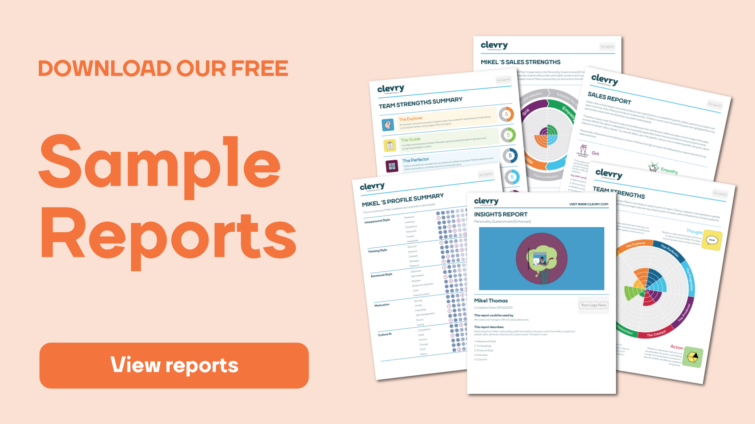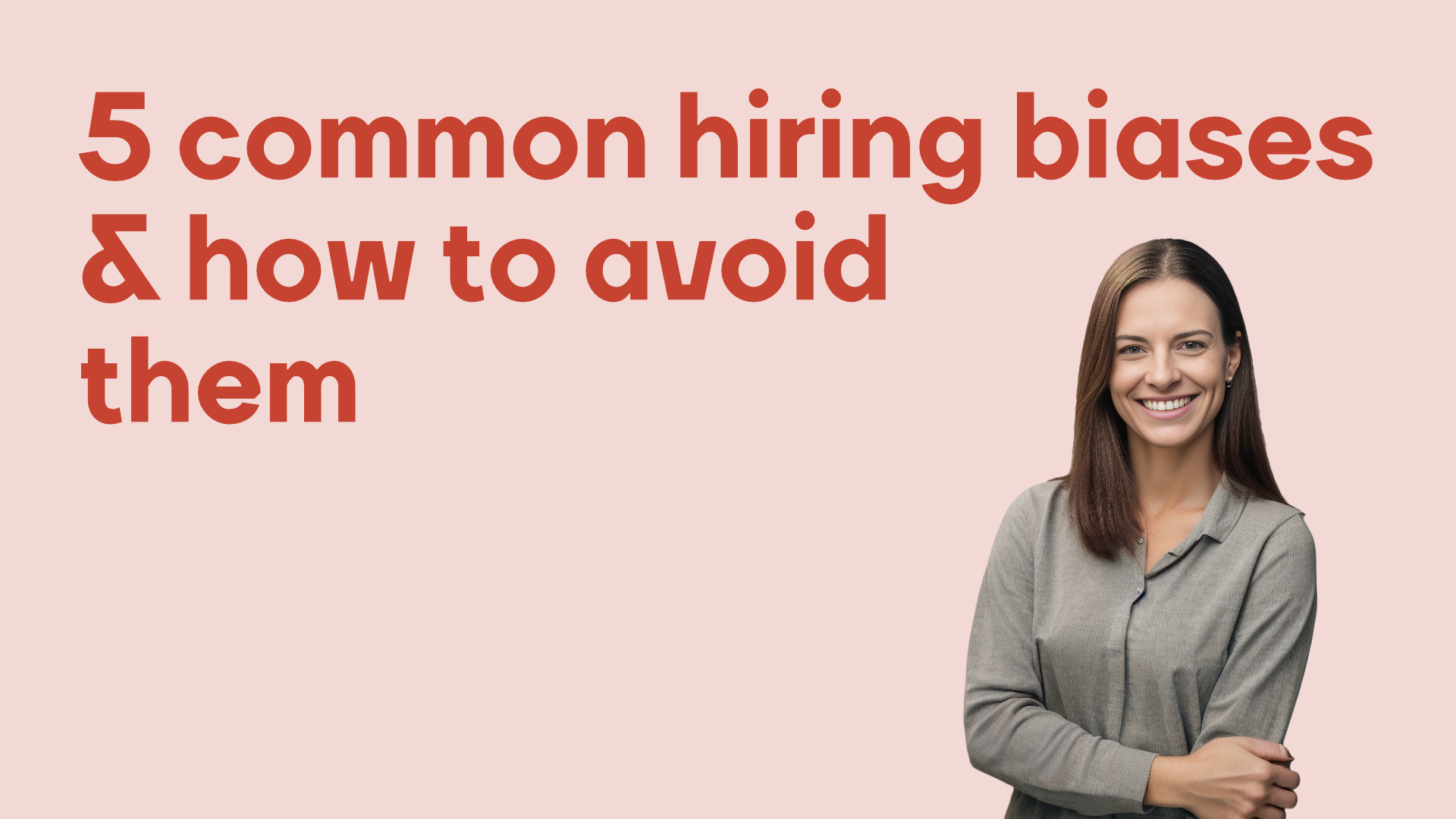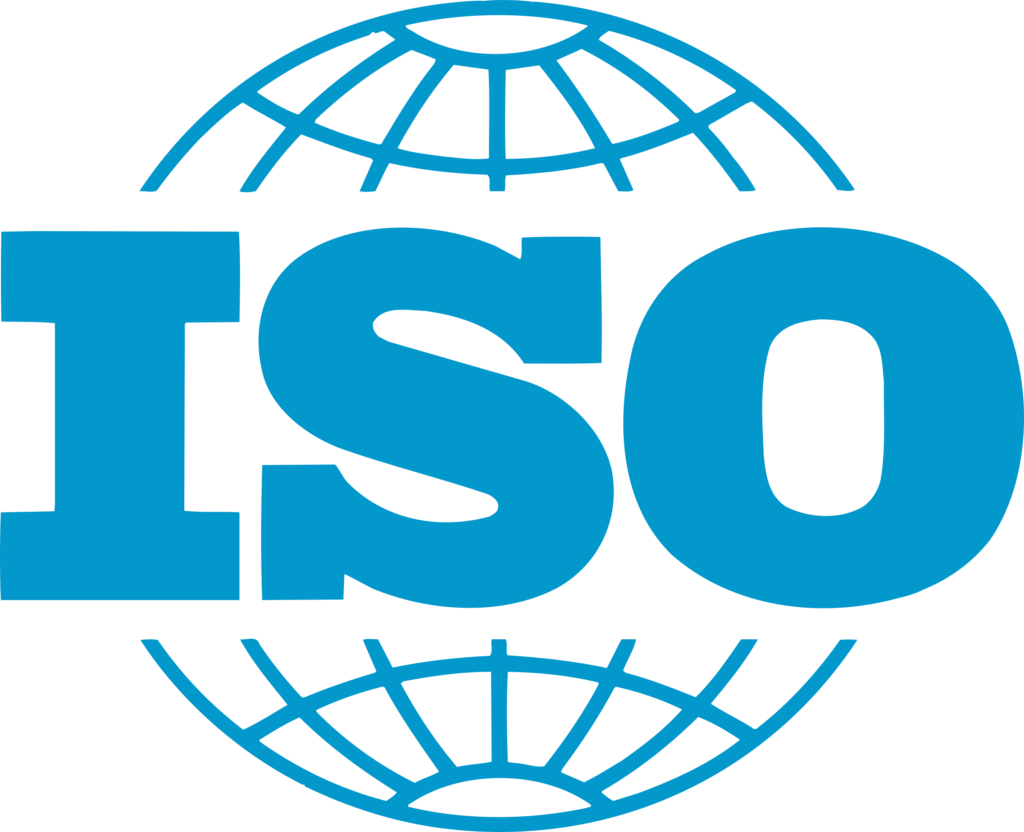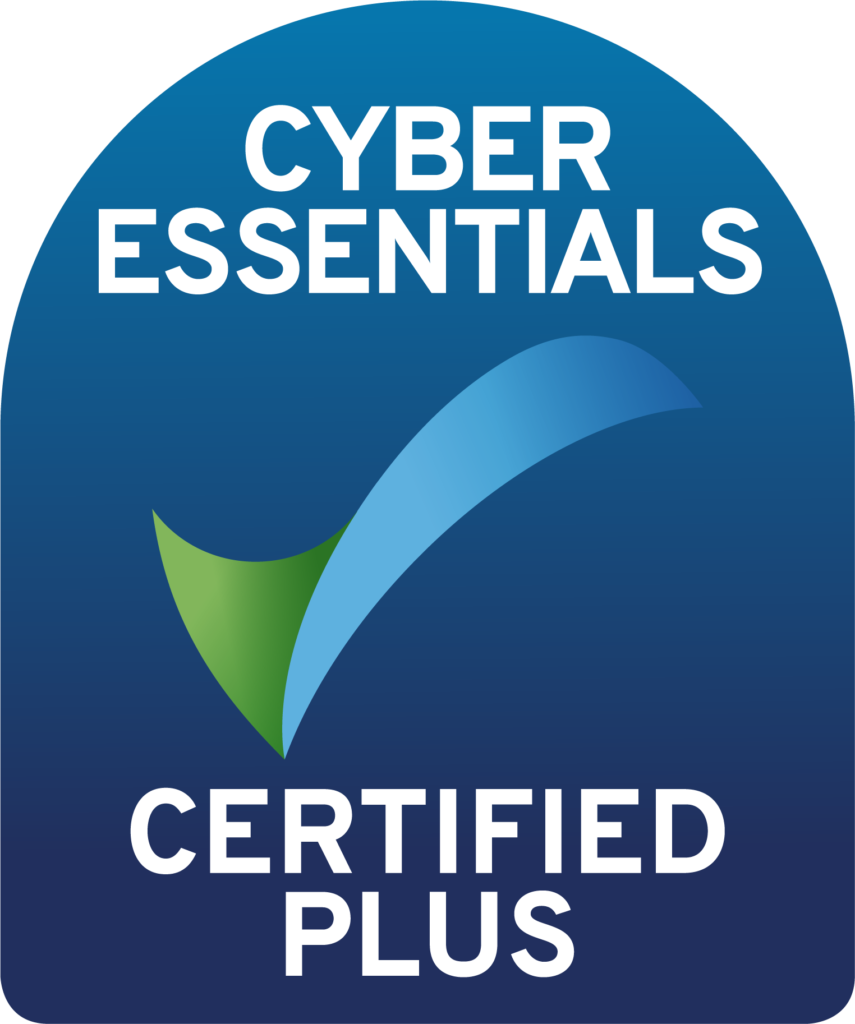It is estimated that the average adult makes around 35,000 decisions per day! Some are simple decisions, such as what to eat for breakfast, but others are more complex. Whom to hire for a job opening is one that requires much more consideration. Unconscious bias comes in many forms affecting all human decision-making, and recruitment is no exception. Unconscious bias can cause one to evaluate candidates based on things irrelevant to on-the-job performance. This is not only very harmful to candidates but will inevitably lead to costly bad hires.
What is unconscious bias?
Unconscious bias occurs when we make decisions subconsciously based on stereotypes, beliefs and attitudes. This behaviour can lead us to favour certain people and discriminate against others without realising it. Let’s take a closer look at some common unconscious biases that might cloud our judgement in the recruitment process.
1. Confirmation bias
Confirmation bias is the tendency to seek and favour information that confirms or supports one’s prior beliefs – in other words, selecting information to back up that initial gut feeling and ignoring details or even red flags that might conflict with those beliefs. For example, if a candidate went to a less prestigious school, a recruiter unconsciously looks for information that they are not a good fit for the role.
2. Similarity attraction bias
It’s only natural that we want to surround ourselves with like-minded people, and a recruiter or a hiring manager might be tempted to hire the candidate they feel most connected with. Having the same hobbies or supporting the same teams in sports might make a nice lunchtime conversation, but you shouldn’t let that overshadow the qualities that actually matter in the job.
3. Halo effect
The Halo effect refers to a tendency to make assumptions about a person based on one positive quality or attribute. In an interview setting, a good example would be a firm handshake or how the candidate is dressed (perhaps an outdated example in the current remote era, but you get the point). We appreciate a firm handshake as much as the next person, but does it indicate that the person has other qualities to do the job well?
4. Overconfidence bias
You’ve probably heard someone say, “I’m an excellent judge of character”. While some people might have a sixth sense for these things, it shouldn’t be your guiding light when it comes to recruitment.
Overconfidence bias comes to play when we are convinced of our ability to make the right decision. Subjective views replace objective information, and hiring decisions are made on gut feeling.
5. Gender bias
In gender bias, one gender is preferred over the other, and assumptions about a person’s competence are based on gender. While gender bias can concern any gender, it predominantly affects women and non-binary people. Gender bias hurts women’s career development, and companies lose out on great talent because of bad hiring decisions.
How to tackle unconscious bias?
While unconscious biases cannot be 100% eliminated, there are numerous ways to avoid them. The first step to overcoming cognitive biases is acknowledging that they exist and that no one is free of them.
Psychometric assessments
Psychometric assessments are designed to assess a candidate’s personality, behaviours and cognitive abilities to identify the best candidate for the role. Standardised assessments are the best predictor of job performance and allow you to assess and compare candidates objectively, eliminating bias. Psychometric assessments used in conjunction with other selection methods, such as structured interviews, will go a long way in making your hiring process free from bias.
View the output from our psychometric assessments by downloading sample reports below.
Structured interviews
A structured interview ensures you ask the same questions from all the candidates; hence they are all assessed against the same markers. An unstructured interview is more conversational, and the interviewer is bound to improvise more, which can easily lead to concentrating on things with lesser significance to job performance.
Other methods
- Check job postings for biases. Make sure you’re using inclusive language.
- Revisit your advertising channels. Are you reaching a diverse audience?
- Have a cross-functional interview panel
- Unconscious bias training




